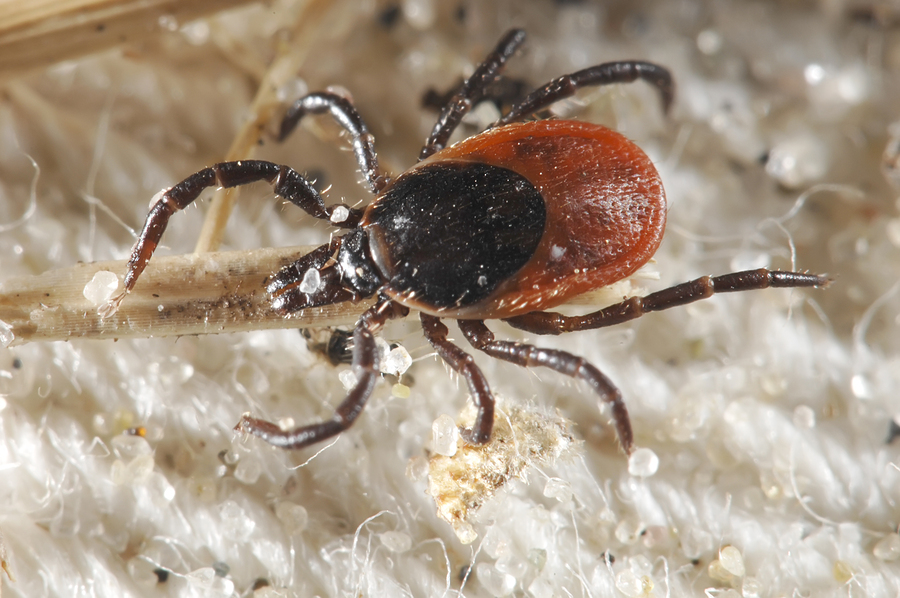
Medical experts caution that ticks and other harmful pests are more prevalent this year because of a mild winter.
Ticks, mosquitoes and fleas are more prevalent this year due to a mild winter, according to Southern Tier medical experts. Marita Florini, a nurse practitioner, and doctor of nursing practice with a focus in internal medicine at Lourdes Hospital in Binghamton said, “We had a mild fall, a mild winter. People were going out for long walks and coming in with tick bites because as soon as you get a warm day they are out. So the tick population that burrows, they just didn’t die.”
They’re not only pests, but they also have the potential to spread a slew of diseases, namely Lyme disease, Rocky Mountain spotted fever, cat scratch fever, and the West Nile Virus. Although the West Nile Virus isn’t as acute as several years ago, Southern Tier residents should still be vigilant in warding off mosquitos.“Symptoms of West Nile are mostly like the flu, and again can be deadly for people with weak immune systems,” Florini said. Cat scratch fever, a bacterial infection, is contracted through fleas, which can be passed to humans.
Critically, the Southern Tier is now vulnerable to the Aedes mosquito that carries the Zika virus. The region will be closely observed by state and federal authorities.
But the most urgent issue is Lyme disease. Jody Gangloff-Kaufman, community integrated pest management coordinator for the New York State IPM program, which is part of Cornell University, said,“Ticks feed on blood, and there are lots of types of ticks, only a few of which feed on human blood. Ticks will be active as soon as it is 50 degrees out, so if it’s over 50 you can get a tick any time of year.”
Lyme disease is caused by a bacteria transmitted by the tick as it burrows into skin. Once the infection has penetrated the bloodstream, those bitten my begin to feel symptoms, such as headaches and joint pain, which may be confused for the flu. A temperature or rash may also manifest.
Attention needs to be focused on the rash, known as a “bullet rash.” Characteristics include a clear or white dot surrounded by red skin. Early awareness and subsequent antibiotics could eliminate the bacteria in roughly six weeks. If left untreated, severe problems could result. “In rare cases, you can get some neurological or cardiac symptoms. Some people get Bell’s palsy, where one side of their face droops and you think they had a stroke but instead they have disseminated Lyme. So if left untreated you can have these things and it can be deadly for people with weak immune systems,” Florini said.
Both Florini and Gangloff-Kaufman cautioned that ticks are rampant in the Southern Tier. “We get people that we see multiple times every year for tick bites,” Florini said, and adds,“Even if you go in your backyard it’s likely you will pick up a tick. All your clothes should go in the dryer on 10 minutes on high before going in the washing machine, and you should take a shower and have someone help you check for ticks.”
The report was published in Stargazette.

Leave a Reply